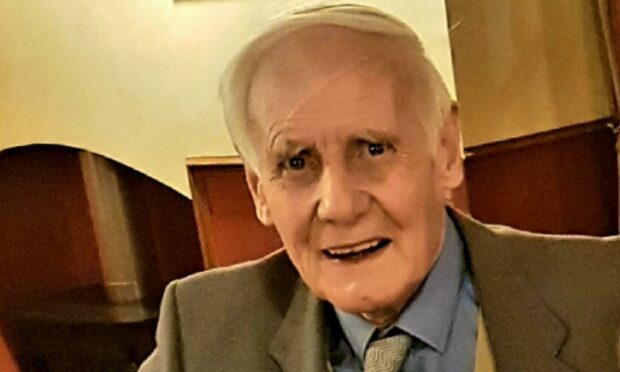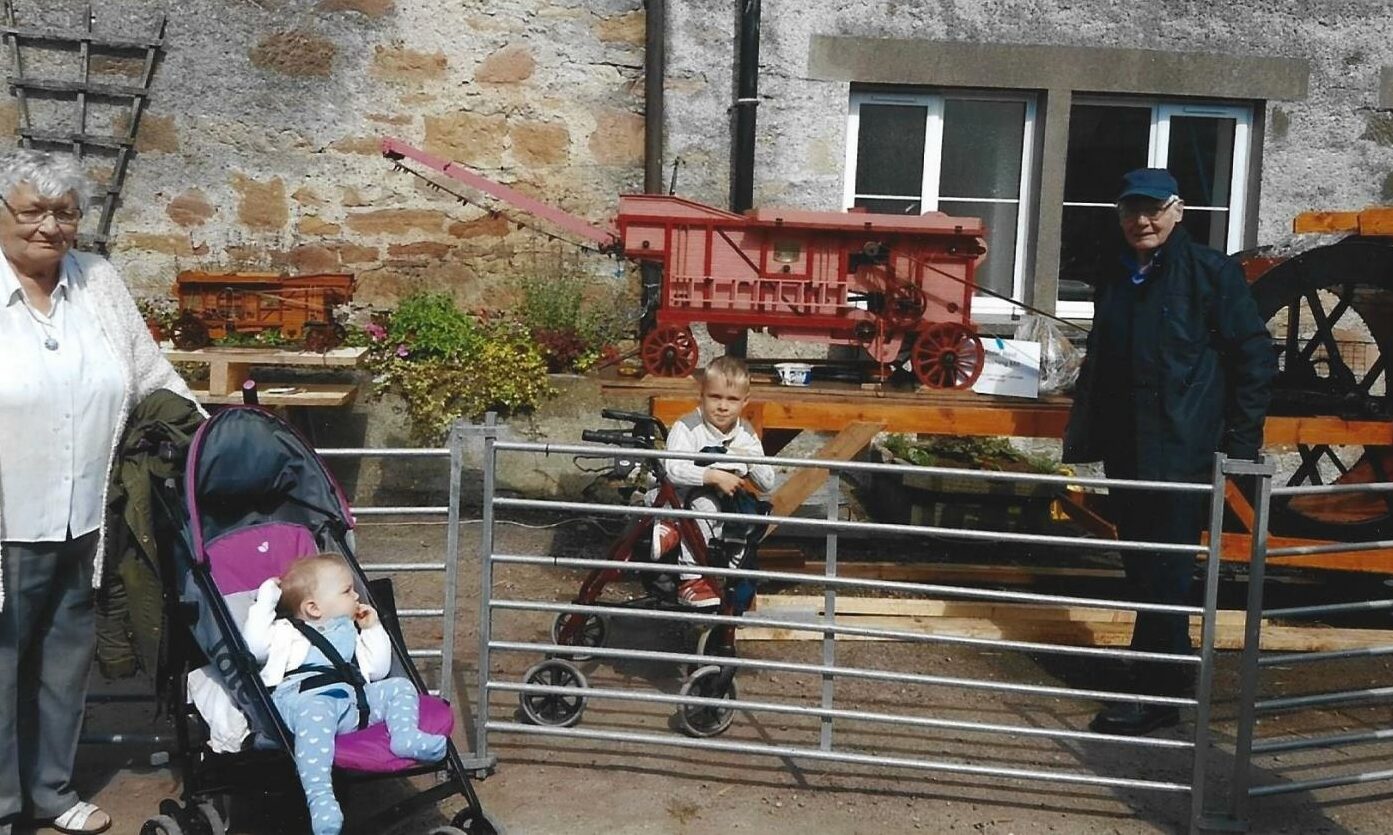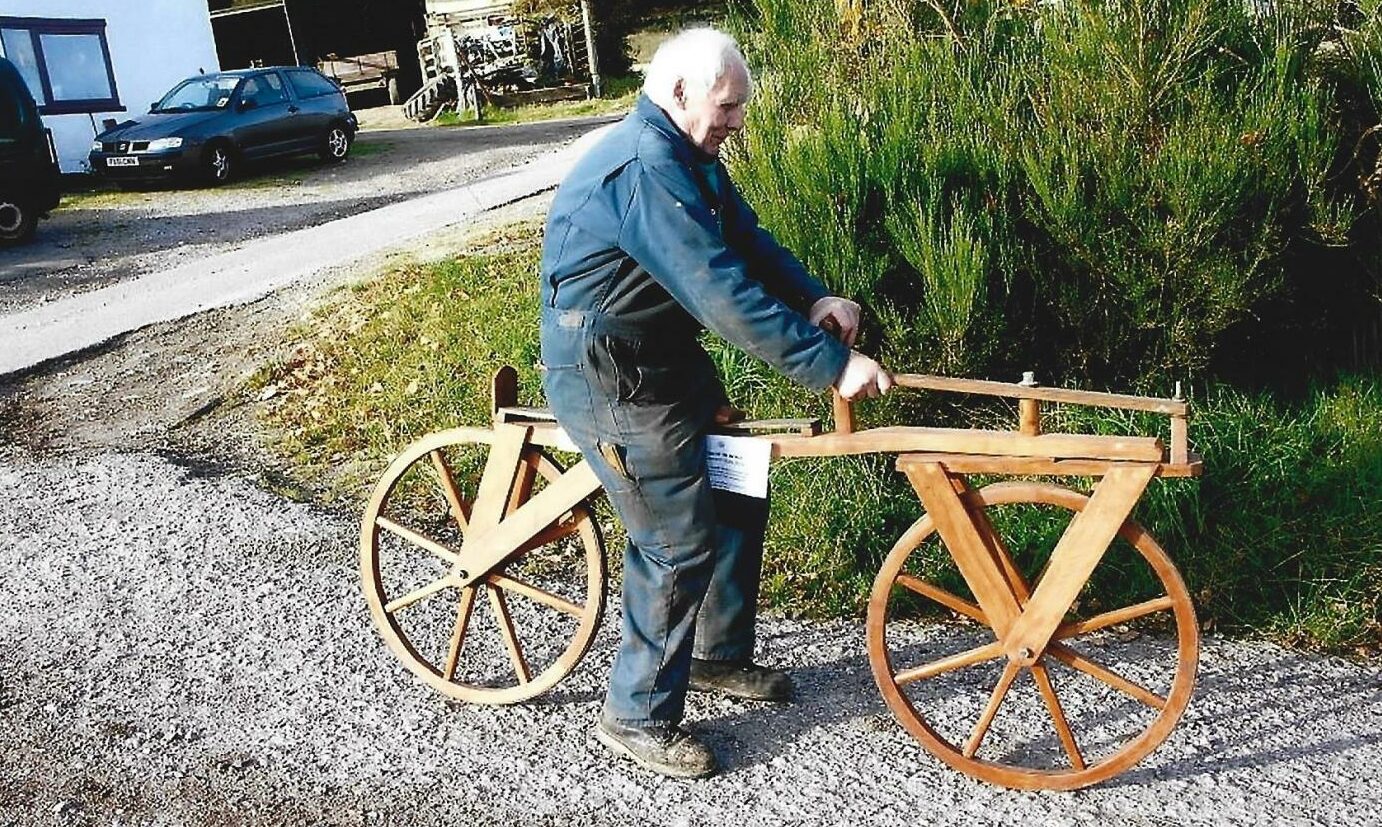John Sinclair, one of the North’s last millwrights, and a former vice-president of Caberfeidh Shinty Club, has died aged 88.
He was also a league-winning player with Caberfeidh and his family connection with the club stretched back to 1896.
John was also a skilled craftsman who repaired shinty sticks, created a scale model of a thrashing mill and even built bicycles from wood.
He was known as Johnnie and was born into a crofting family at Lochussie.
His father, John, had served with the Gordon Highlanders during the First World War and had been reported missing in action.
Johnnie’s granddaughter, Claire Dwenger said: “A grenade had been thrown into the trench and everyone in his company or platoon was killed.
“My great-grandfather survived but was taken prisoner. Everyone thought he was dead. Years later, he bumped into his officer-in-charge, a captain, in Inverness and he thought he had seen a ghost. The captain was staggered to see him still alive.
Echoes of war
“My grandfather said the experience of war changed his father and what he had gone through played a big part in my grandfather’s life.”
Johnnie had a six-mile return journey by foot to Maryburgh Primary School, Dingwall, from the age of five until a small school opened at Lochussie.
His secondary education was at Dingwall Academy where he was dux of his year in the upper school.
After leaving school, Johnnie went to study at Balmacara Agricultural School, Kyle of Lochalsh, travelling by train on a Sunday and returning home at weekends.
There he learned both agricultural and agriculture engineering before beginning a millwright apprenticeship with Jimmy Reid of Dingwall.
When thrashing machines gave way to combine harvesters, Johnnie left engineering, took over a croft at Loch Ussie.
Marriage
He met his future wife, Mary Sinclair, of Cromarty, at a dance in Lochussie. The couple married in 1959 and had four sons, John, Donald, Kenneth and Morris.
From the 1940s until the 1970s, Johnnie played for Caberfeidh and was a member of the team that won the Senior MacGillivray League in 1963.
His playing was of such a high standard that he was selected on a number of occasions to play for the North team against the south in the Caol Cup and, in one victory, he captained the North.
Vice-president
After his playing career ended, Johnnie served on the club committee and as a vice-president, helped out with ground maintenance and fundraising.
Claire said: “His scale model of a thrashing mill made from wood and his steam engines proved a draw at agricultural shows and one year, at the Black Isle Show, he won the prize for the most photographed stall.”


